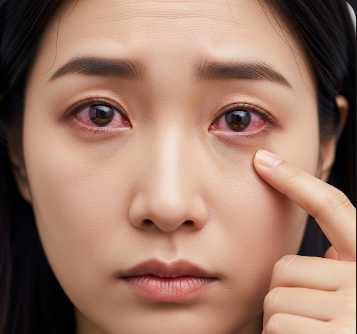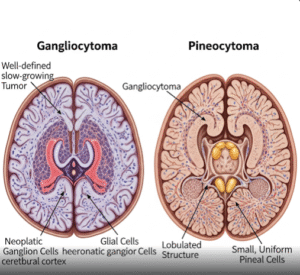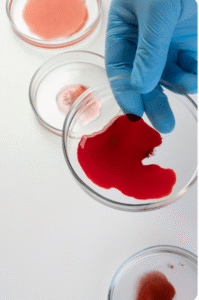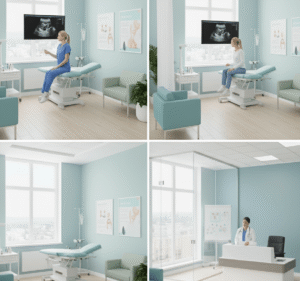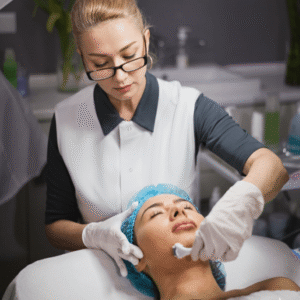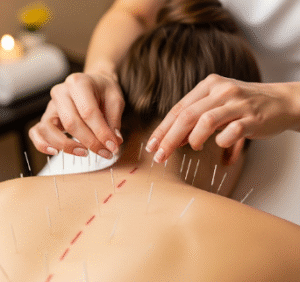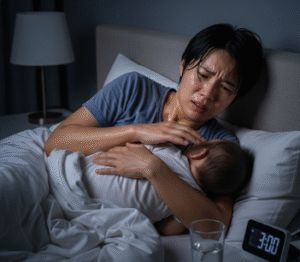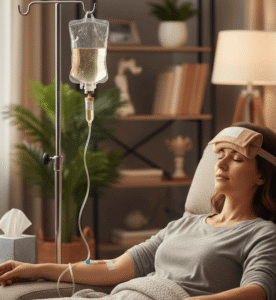Overview
Dry eyes, medically known as keratoconjunctivitis sicca, is a condition in which the eyes do not produce enough tears or produce poor-quality tears, leading to irritation, discomfort, and visual disturbances. This common ocular problem can affect people of all ages and is increasingly seen due to prolonged screen use, environmental factors, or aging. In Korea, ophthalmology clinics and hospitals offer comprehensive evaluation, treatment, and advanced therapies to relieve dry eyes and protect long-term eye health.
Key Facts
▶ Prevalence: Affects millions worldwide; higher prevalence in older adults, contact lens users, and individuals with autoimmune disorders.
▶ Causes: Tear deficiency, excessive tear evaporation, medications, systemic diseases, or environmental factors.
▶ Associated Symptoms: Eye irritation, burning, redness, blurred vision, sensitivity to light, and foreign body sensation.
▶ Treatment Options in Korea: Artificial tears, punctal plugs, prescription eye drops, lifestyle modifications, and advanced therapies like intense pulsed light therapy.
▶ Urgency: Persistent symptoms or sudden changes in vision require prompt evaluation to prevent complications.
What is Dry Eyes?
Dry eyes occur when the tear film, which maintains moisture and protects the surface of the eye, is disrupted. This can result from insufficient tear production or rapid tear evaporation, leading to ocular surface inflammation and discomfort.
▶ Aqueous Deficient Dry Eye: Caused by inadequate tear production from the lacrimal glands.
▶ Evaporative Dry Eye: Excessive tear evaporation due to conditions like meibomian gland dysfunction or environmental exposure.
▶ Mixed Dry Eye: Combination of decreased tear production and increased evaporation.
▶ Secondary Dry Eye: Associated with systemic diseases, medications, or ocular surgery.
Note: Identifying the type and underlying cause is essential for effective management and symptom relief.
What Symptoms Are Related to Dry Eyes?
▶ Burning or Stinging Sensation: Common complaint among sufferers.
▶ Redness: Due to ocular surface irritation.
▶ Excessive Tearing: Paradoxical reflex tearing can occur in response to dryness.
▶ Blurry Vision: Especially during prolonged visual tasks like reading or screen use.
▶ Foreign Body Sensation: Feeling of grit or sand in the eyes.
▶ Itching or Irritation: Persistent discomfort affecting daily activities.
▶ Sensitivity to Light (Photophobia): Eyes may be more sensitive in bright environments.
▶ Eye Fatigue: Tiredness, strain, or heaviness after visual tasks.
What Causes / Possible Causes
Dry eyes can arise from ocular, systemic, or environmental factors:
▶ Age-Related Changes: Tear production declines naturally with age, especially in postmenopausal women.
▶ Environmental Factors: Air conditioning, dry climates, pollution, wind, and prolonged screen time.
▶ Contact Lens Use: Reduces tear stability and increases evaporation.
▶ Medications: Antihistamines, antidepressants, diuretics, and isotretinoin can reduce tear production.
▶ Systemic Diseases: Autoimmune disorders such as Sjögren’s syndrome, rheumatoid arthritis, and lupus.
▶ Ocular Conditions: Blepharitis, meibomian gland dysfunction, eyelid malposition, or ocular surgery.
▶ Vitamin A Deficiency: Impairs tear production and ocular surface health.
▶ Lifestyle Factors: Smoking, dehydration, and inadequate sleep.
Note: Addressing underlying causes is critical for long-term relief and preventing complications such as corneal damage or infection.
When Should I See a Doctor?
▶ Persistent Dryness: Lasting more than a few weeks despite home remedies.
▶ Severe Discomfort: Interfering with reading, screen use, or daily activities.
▶ Visual Changes: Blurred vision, double vision, or fluctuating vision.
▶ Redness or Swelling: Suggests inflammation or infection.
▶ Pain or Light Sensitivity: Could indicate corneal involvement.
▶ Systemic Symptoms: Joint pain, fatigue, or dry mouth suggesting autoimmune disease.
▶ Children or Elderly Patients: Increased risk of complications and corneal damage.
▶ Sudden Onset: Rapid dryness, irritation, or tearing changes require immediate evaluation.
Tip: Korean ophthalmologists provide comprehensive assessment, tear film analysis, and personalized treatment plans for dry eyes.
Care and Treatment
Management focuses on relieving symptoms, restoring tear film stability, and addressing underlying causes:
▶ Artificial Tears: Lubricating eye drops to restore moisture.
▶ Prescription Eye Drops: Cyclosporine or lifitegrast for inflammation-related dry eye.
▶ Punctal Plugs: Block tear drainage to increase eye moisture.
▶ Warm Compresses and Eyelid Hygiene: For meibomian gland dysfunction and blepharitis.
▶ Environmental Adjustments: Use humidifiers, reduce screen time, and avoid direct airflow.
▶ Lifestyle Modifications: Adequate hydration, balanced diet, and omega-3 fatty acids.
▶ Regular Monitoring: Prevent corneal damage, infections, and chronic irritation.
Treatment Options in Korea
Medical Evaluation:
▶ Comprehensive Eye Examination: Slit-lamp evaluation, ocular surface assessment, and tear film evaluation.
▶ Tear Break-Up Time (TBUT): Measures tear stability and evaporation.
▶ Schirmer Test: Measures tear production levels.
▶ Meibography: Imaging of meibomian glands to detect dysfunction.
▶ Laboratory Tests: For suspected autoimmune or systemic causes.
Advanced Therapies:
▶ Intense Pulsed Light (IPL) Therapy: Reduces inflammation and improves meibomian gland function.
▶ LipiFlow Treatment: Thermal pulsation therapy for evaporative dry eye.
▶ Autologous Serum Eye Drops: For severe or refractory cases.
▶ Multidisciplinary Care: Collaboration among ophthalmologists, rheumatologists, and nutritionists for systemic-related dry eyes.
Rehabilitation & Support:
▶ Patient Education: Proper eye care, tear supplementation, and lifestyle guidance.
▶ Follow-Up Care: Regular monitoring of tear film health and ocular surface integrity.
▶ Specialist Clinics: Korean eye hospitals offer integrated care combining diagnostics, medical therapy, and advanced interventions.
Outcome: With early diagnosis and comprehensive treatment in Korea, dry eyes can be managed effectively, reducing discomfort, preventing complications, and preserving long-term visual health.

